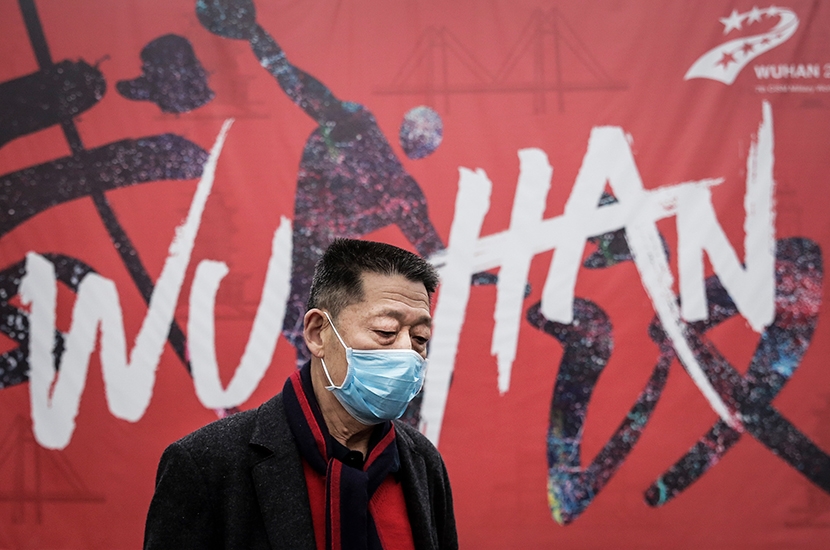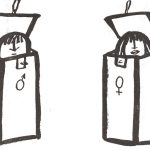Could COVID-19 have originated from a Chinese lab accident? When the virus was first identified, many pointed out that it was close to the Wuhan Institute of Virology. It sounded like a conspiracy theory. But it’s all too plausible. And there are questions that the long-awaited report by the World Health Organization leaves unanswered.
Only after the pandemic started did Professor Shi Zhengli, director of the Center for Emerging Infectious Diseases at the Wuhan Institute of Virology, notice that a close viral relative to COVID-19 had been found in a mineshaft years before. There was an apparent pneumonia outbreak nine years ago at a copper mine in Mojiang, around 1,000 miles from Wuhan, in an area where Zhengli’s team regularly hunted for new viruses. Six workers clearing bat excrement in this mine contracted a disease that had symptoms eerily similar to COVID-19. Four tested positive for SARS antibodies; three eventually died with a diagnosis of likely direct infection by a novel coronavirus. This, in itself, was extraordinary: it is likely it was the first ever documented case of direct human infection by a bat coronavirus.
This story is mired in oddities. Professor Zhengli confirmed a sample of the virus was at her lab in Wuhan, but claimed that the sequencing process had depleted it, so no virus remained. On this basis, she discarded any possibility that the virus, or anything like it, was physically present at the Wuhan Institute of Virology.
Today the mine is inaccessible and surrounded by blockades and cameras, according to one local villager. The database of the Wuhan Institute of Virology which contains all its virus sequences and other important information has met a similar fate. It was shut off in October 2019. And what’s the official reason? To protect it from hackers during the pandemic; a puzzling explanation, considering COVID-19 was only reportedly identified months later.
Safety breaches in animal testing laboratories across China are common (two 2018 cables in the US State Department warned of biosafety negligence in the Wuhan Institute of Virology). Various Wuhan labs had seen hasty renovations. In one case, temporary workers’ accommodation was placed in close downwind proximity of a laboratory that isolates and manipulates dangerous biological materials for research purposes, in defiance of basic biosafety risk practices.
Interestingly, the Chinese were trying to develop a broad coronavirus vaccine before COVID-19. The research was conducted at the Wuhan Institute of Biological Products, located next to the Wuhan Institute of Virology. This has led some researchers to suggest that COVID-19 could have emerged from a vaccine research project gone wrong.
Taken together, these examples pose serious questions about where the virus truly originated. The WHO this week concluded that the laboratory leak theory is ‘highly unlikely’. They may well be right, but their probe was too limited and followed the Beijing line too closely to be conclusive. That’s why a proper forensic investigation, led by western democracies, is now desperately needed. Such an investigation should be multidisciplinary. It should allow for Chinese cooperation if possible, but plan for a more realistic obstruction. Access to China is not wholly necessary. Crucial information can be gathered from afar.
The Biden administration has ‘concerns’ about the WHO report. A letter sent by two dozen of my fellow scientists has called for a new international inquiry. Scientists should always challenge the status quo. The WHO team were given insufficient access for a proper investigation and were, unfortunately, too eager to take the word of their Chinese hosts at face value. Unless we fully understand what happened in Wuhan, another virus could bring the world to a halt — and the next one may be even more virulent and much more deadly.
This article was originally published in The Spectator’s UK magazine. Subscribe to the US edition here.


















